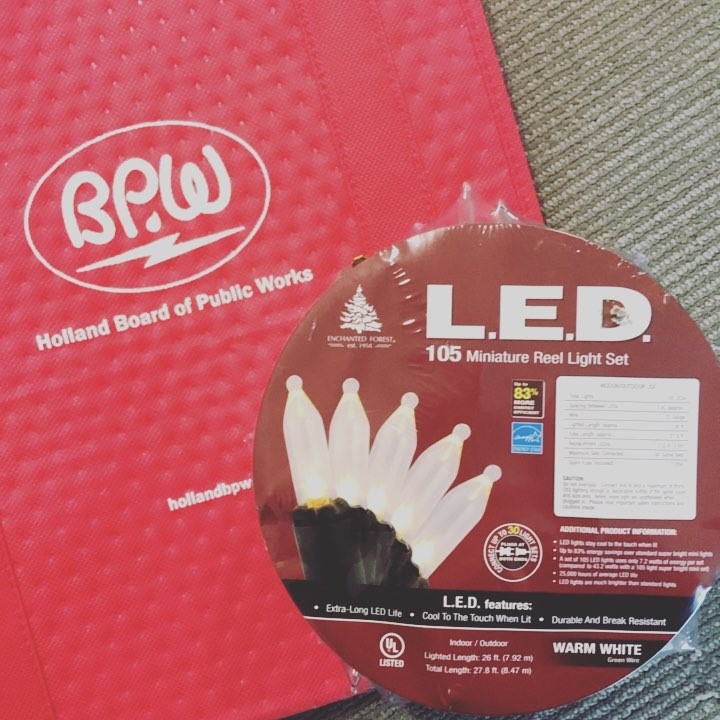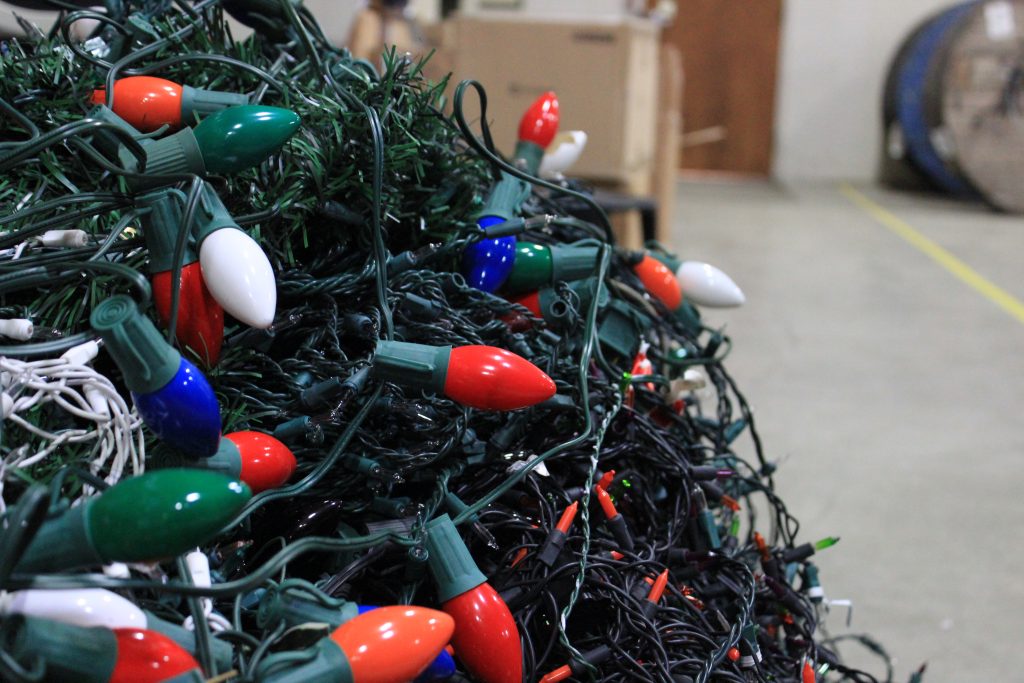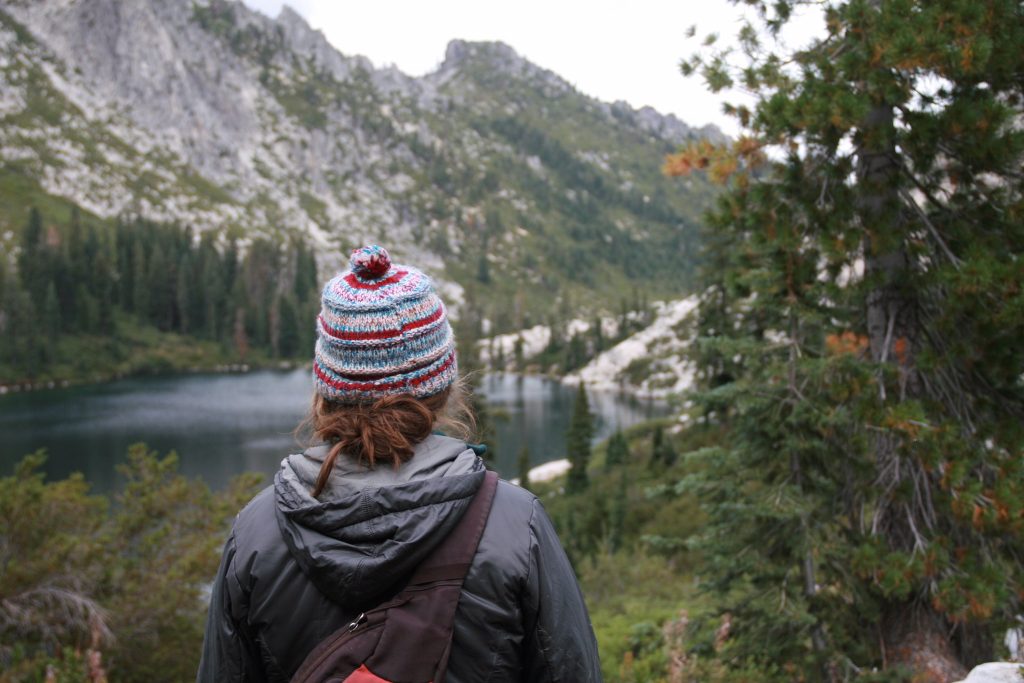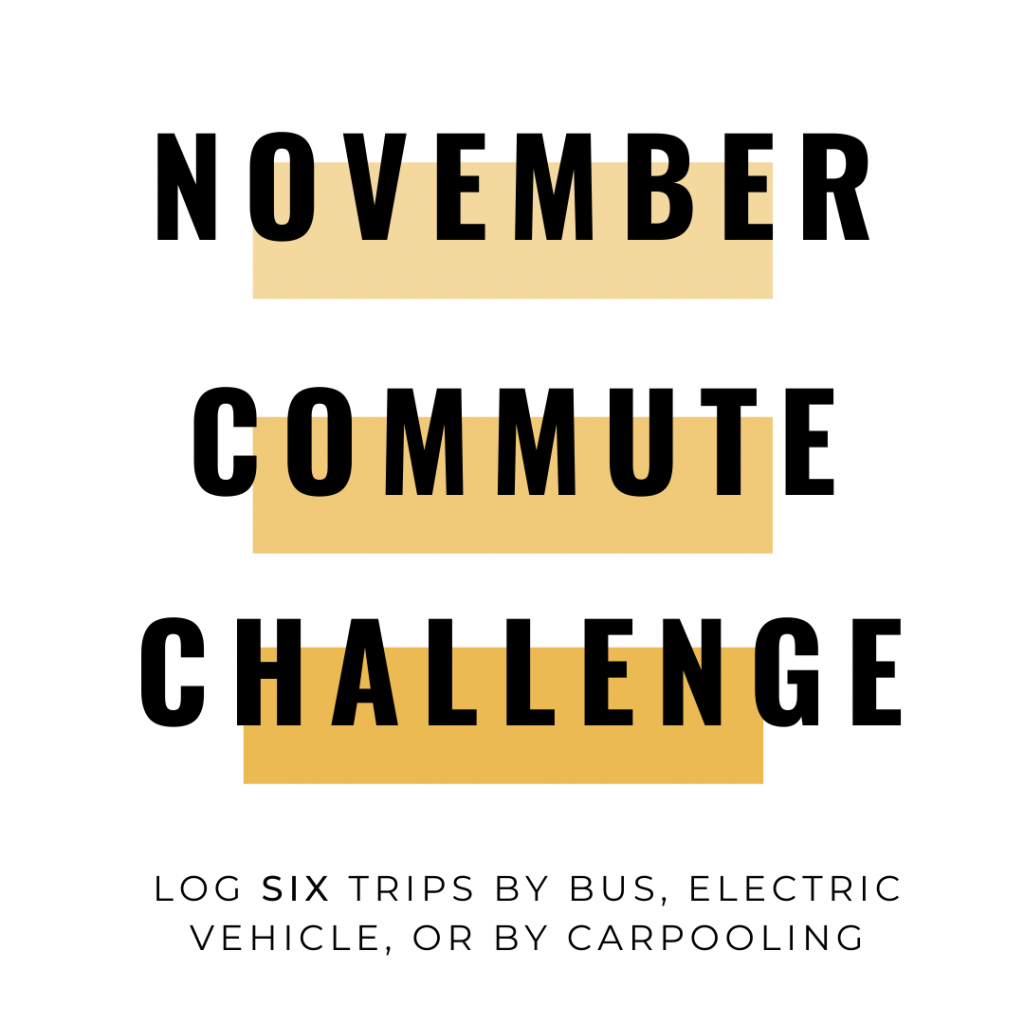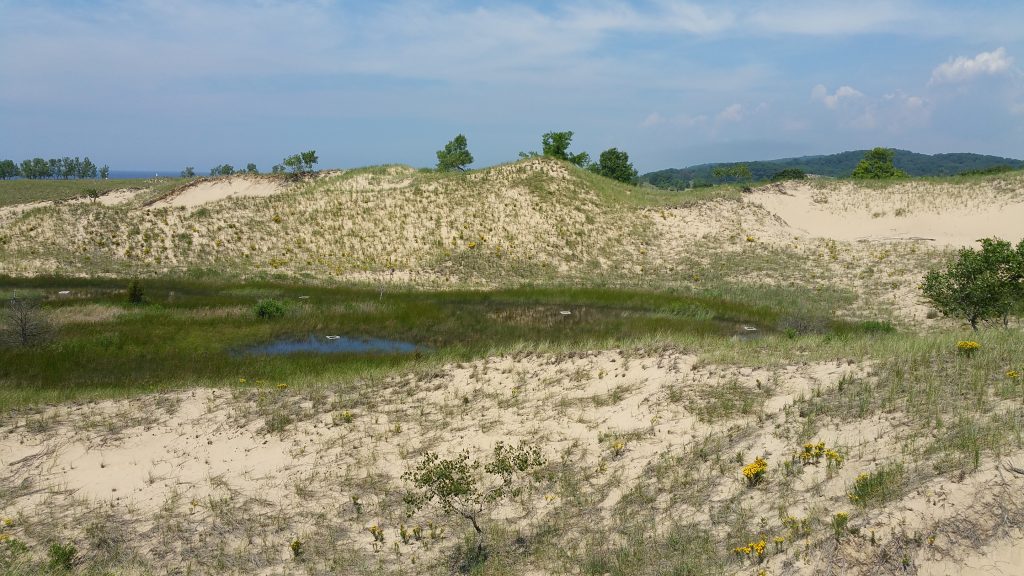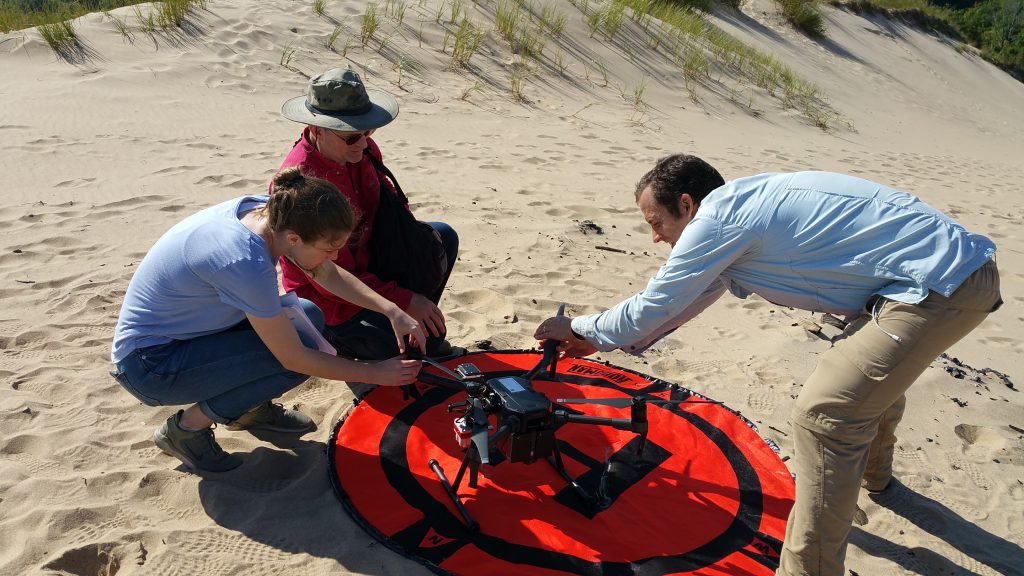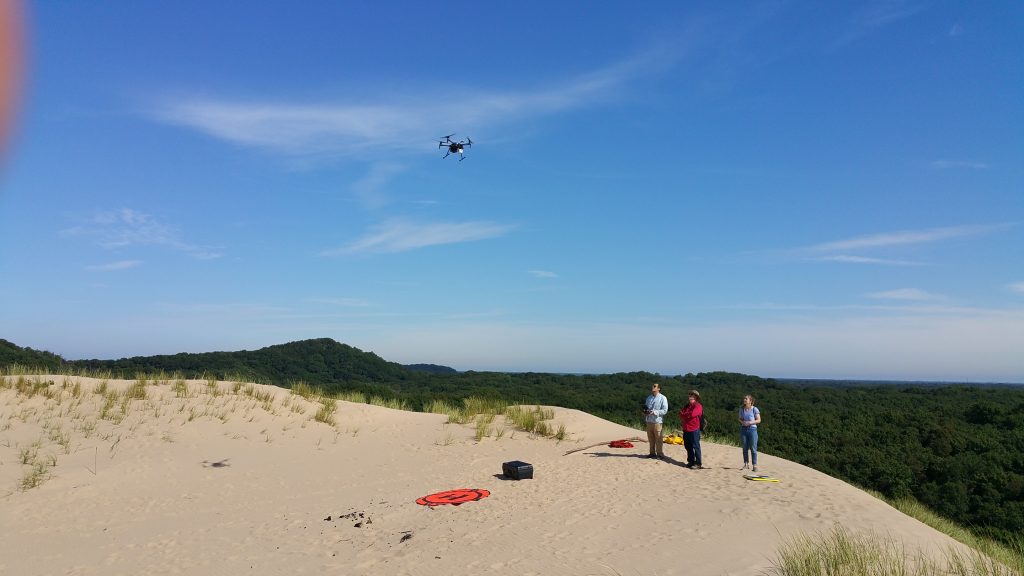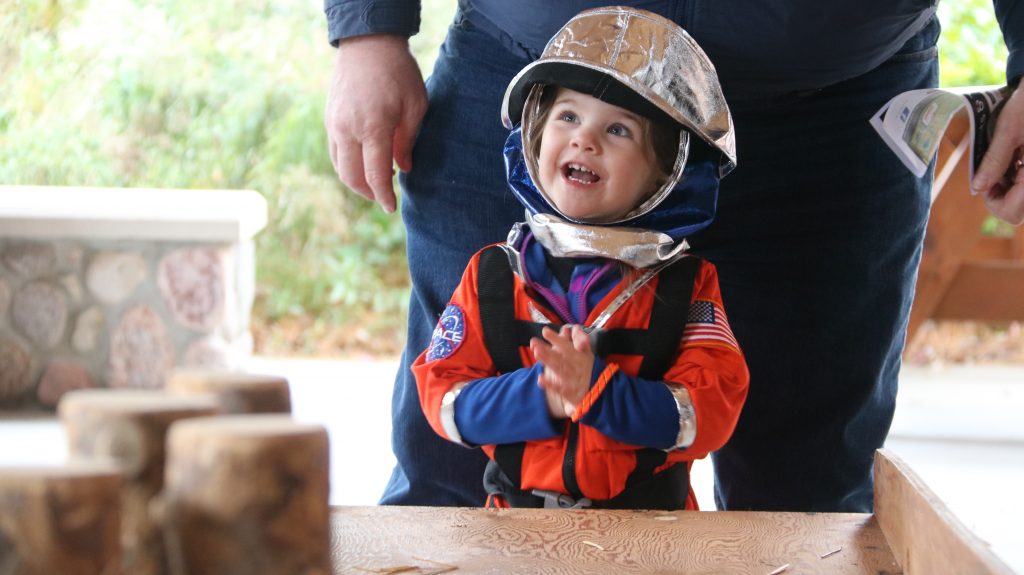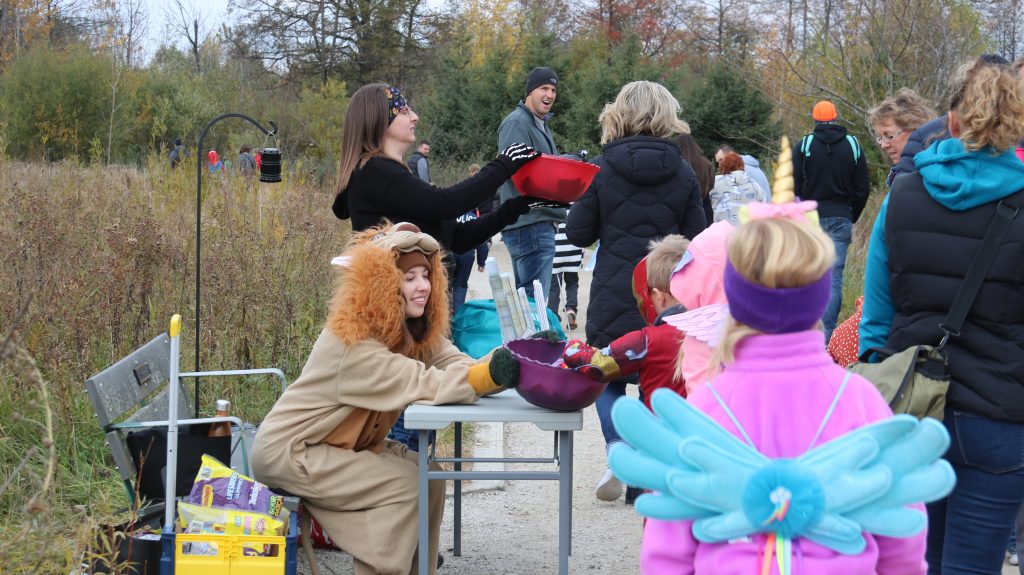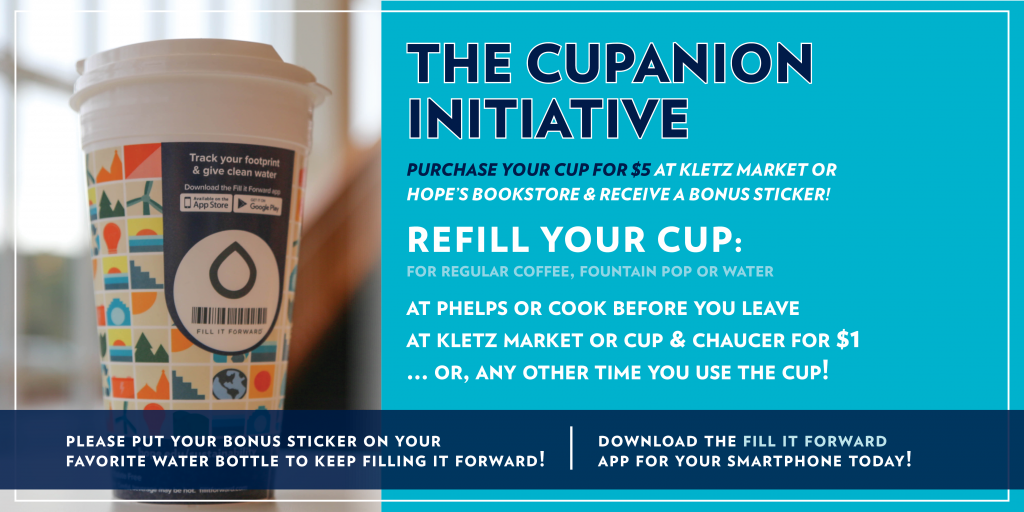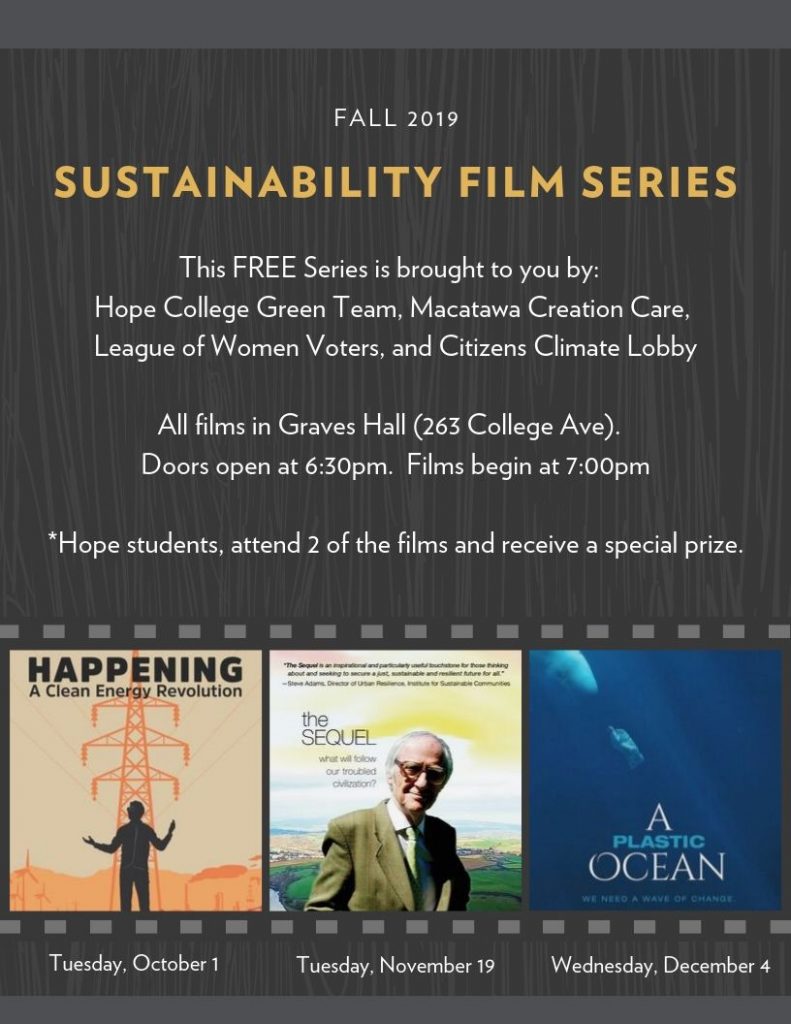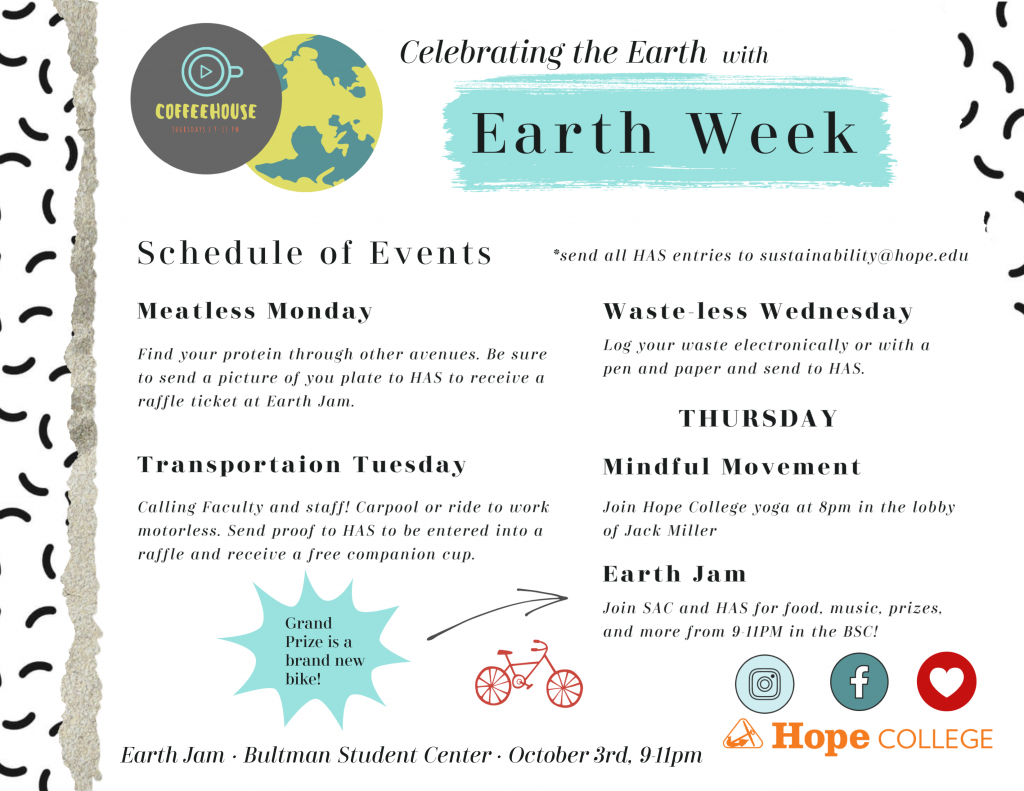By Morgan Kelley, Holland Board of Public Works
Did you know holiday string lights cannot be recycled in everyday recycling? They not only contain a large amount of rubber and plastic, and sometimes glass, but also copper. These materials do not biodegrade easily, and copper is a valuable metal.
But by participating in the Holiday Light Exchange, you can recycle those old lights and help to reduce landfill waste.
The Holland Board of Public Works annual Holiday Light Exchange is 9 a.m. to 5 p.m. on Friday, Nov. 22 in the HBPW Customer Service lobby.
Come exchange your old incandescent holiday string lights for new Energy Star-certified LED strings. Old strings will be properly recycled at Padnos.
Each new string contains 105 warm mini lights, and each HBPW electric customer is eligible for up to two LED strings, provided that two or more old strings are turned in.
These LED strings meet the strict energy efficiency requirements for the Energy Star certification program, set by the U.S. Environmental Protection Agency. In addition, each customer will receive an Energy Star LED nightlight and floodlight or two lamp bulbs.
LED string lights use 70 percent less energy than incandescent strings, according to the U.S. Department of Energy. LED strings do not have filaments like incandescent strings do, which can heat up and burn out. LED strings last much longer, are sturdier, emit little to no heat, and still have a bright, warm glow.
Not only do LED lights save energy and, therefore, money, but they are safer overall and better for the environment. The Department of Energy states that a strand of LED lights can last up to 40 years.
Also, it costs 27 cents to light a six-foot tree for 12 hours a day for 40 days with LED lights compared to $10 for incandescent string lights. In addition, up to 25 strings can be connected without overloading a circuit due to their efficiency.
Holland Board of Public Works customers recycled more than 1,000 pounds of string lights in 2018!
Help us reach 1,000 pounds recycled this year. See you on Nov. 22.
Morgan Kelley is conservation programs specialist at Holland Board of Public Works and leads the residential energy waste reduction programs.
This Week’s Sustainability Framework Theme
Smart Energy: We need to use both conservation and efficiency measures to manage our resources to provide access to reliable and cost-effective energy.
ABOUT THIS SERIES
Living Sustainably is a collection of community voices sharing updates about local sustainability initiatives. It is presented by the Holland-Hope College Sustainability Institute, a joint project of Hope College, the City of Holland and Holland Board of Public Works. Go to www.hope.edu/sustainability-institute for more information.
